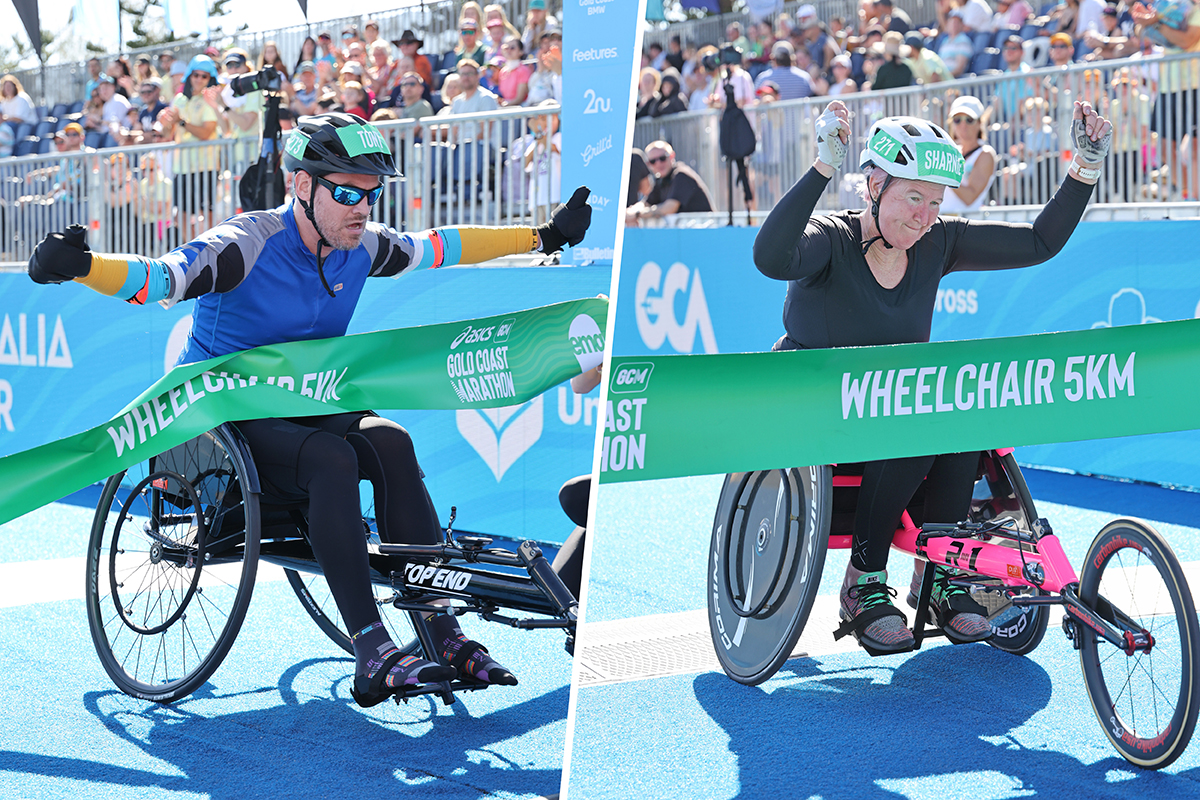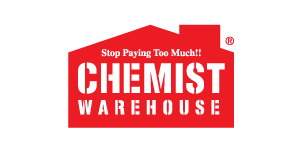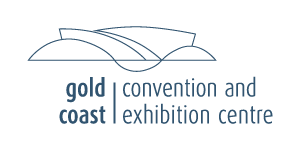In one of the most spectacular wheelchair race performances seen on the Gold Coast course, Victoria’s Sam Rizzo took the men’s 2025 Gold Coast Wheelchair...
Pronation Guide: What is pronation and why does it matter?
No matter what event distance you’re running at the 2017 Gold Coast Airport Marathon, understanding your pronation is key to finding a comfortable running shoe and avoiding injury.
What is pronation?
Pronation is part of the natural movement of the human body and refers to the way your foot rolls inward for impact distribution upon landing.
When your foot strikes the ground, it rolls inward to absorb the shock, and the arch supports on average three times your body weight. People who roll inward too much or not enough can experience running injuries due to less effective shock absorption.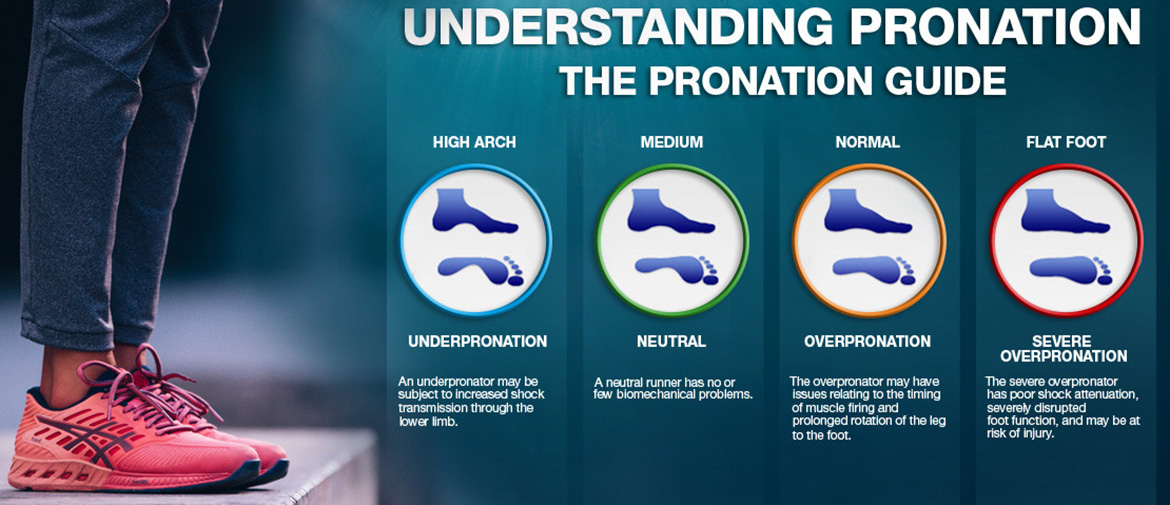
Types of pronation:
There are three categories of pronation:
- Supinators (under pronators)
- Neutral pronators
- Over pronators
1transparentsct-top-padding
How to determine your pronation type:
1sct-bluesct-top-padding
Check wear patterns on your shoe:
1sct-bluesct-btm-paddingWear patterns won’t provide the full picture of gait analysis, but they can give additional clues about the impact of your feet.
Supinators: outside of your running shoes show the most wear.
Neutral runners: Soles of your running shoes show an S-shaped pattern, from the outer (lateral) heel to the big toe.
Over pronators: Extra wear on the inside of the heel and under the ball of the foot, especially the big toe.1transparentsct-top-padding
Choosing the right running shoe:
1transparentsct-btm-padding
Take a pronation test:
Specialist running stores and ASICS flagship stores offer video gait analysis and foot mapping. ASICS have a Flagship Store opening in Brisbane in early June. Click here to learn more about Foot ID and book your complimentary analysis. 1sct-bluesct-btm-padding
1sct-bluesct-btm-padding
Supinators
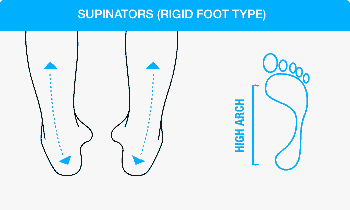
Supinators need a lot of cushioning to avoid impact injuries.
How Your Foot Contacts the Ground: outer side of the heel hits the ground at an increased angle with little or no normal pronation, causing a large transmission of shock through the lower leg.
Push Off: pressure on smaller toes on outside of foot.
Injuries: plantar fasciitis, shin splints, ankle strain.
Foot type: high arches.
Neutral pronators

Neutral pronators can wear a wide variety of shoes.
How Your Foot Contacts the Ground: foot lands on outside of the heel, then rolls inward (pronates) to absorb shock and support body weight
Push Off: Even distribution from the front of the foot.
Injuries: Less likely due to effective shock absorption, but neutral runners are not immune to injury.
Foot Type: Normal-size arches
Over pronators
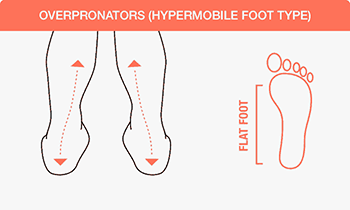
Over pronators should look for support or structured cushioning shoes.
How Your Foot Contacts the Ground: foot lands on outside of heel, then rolls inward (pronates) excessively, transferring weight to inner edge instead of ball of the foot.
Push Off: big toe and second toe do majority of the work
Injuries: shin splints, plantar fasciitis, bunions, heel spurs
Foot Type: low arches or flat feet1transparentsct-btm-padding
Supinators
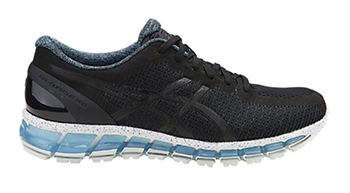
As supinators (also called under-pronators) tend to be susceptible to shock-related injuries like stress fractures, you should choose a neutral running shoe with plenty of cushioning, for example, the ASICS GEL-Nimbus®.
Focused on midsole cushioning for extra shock absorption Cushioning along outside of running shoe to counter outward roll of foot Cushioning in the heel Flexible shoes help evenly distribute impact
Neutral
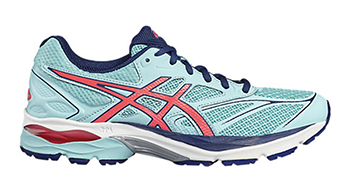
When you have a normal pronation pattern you can run in a wide variety of shoes, but specialized neutral running shoes offering cushioning and support are most suitable. The ASICS GEL-Nimbus® and ASICS GEL-Cumulus® are the leading cushioning models for neutral runners.
- Neutral cushioned shoes promote natural foot motion
- Beginners may want to start with a cushioning shoe for support as they build muscle strength
- Some runners may like natural running shoes that provide a feeling of more ground contact
Over-pronators
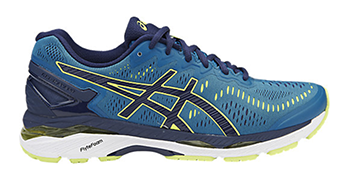
Over-pronators need maximum support, structured cushioning, and stability. The ASICS GEL-Kayano® and GT-2000® are our leading structured cushioning shoe.
- Stability running shoes help distribute the impact of running more effectively to minimize pronation
- Medial post support, sometimes extended through to the heel
- Firm midsoles provide arch support for flatter feet * For severe overpronators, you may want to consider a motion control shoe with extra cushioning



